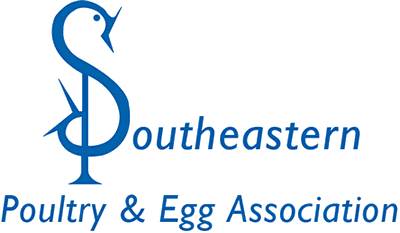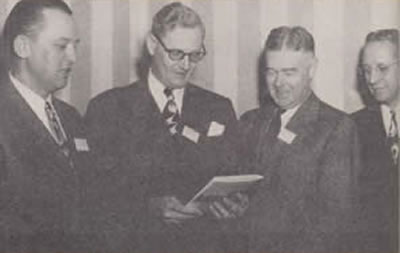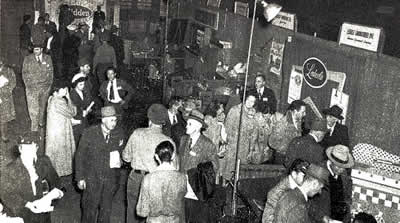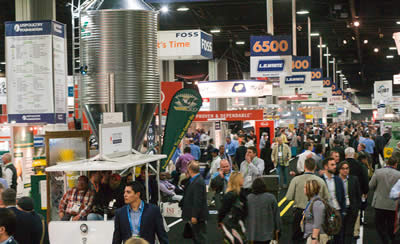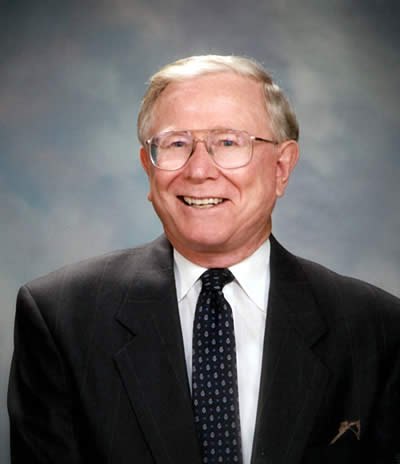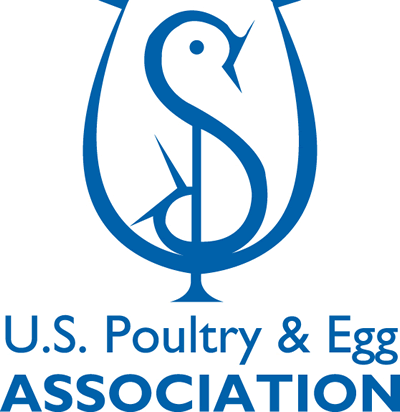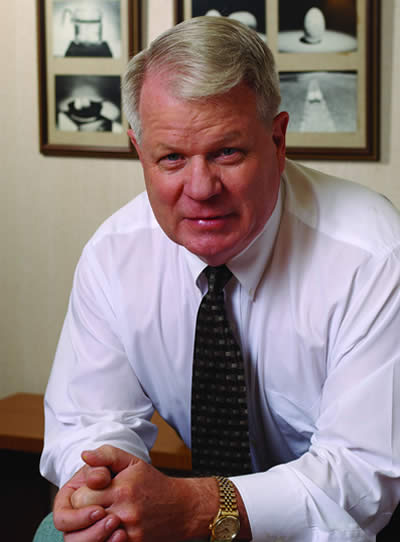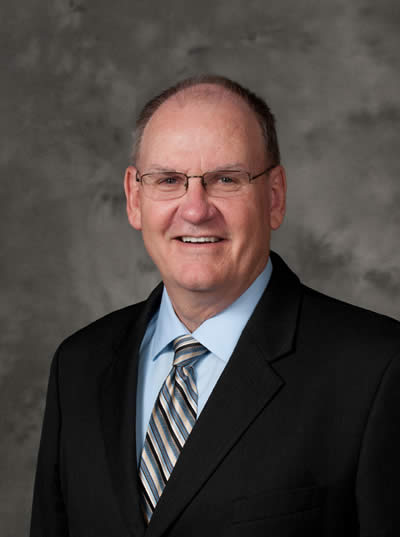Another youth initiative, the U.S. Poultry & Egg Harold E. Ford Foundation, named for the long-time executive secretary, was established in 1994 to allocate funds to university poultry science departments, and later other universities with poultry programs, to be used for recruiting students. A second mission of the Foundation was added to fund industry research. In 2012, as a result of the severe 2008 recession, the Foundation was experiencing serious challenges in its missions of student recruiting and research funding. In order to return to former levels of funding student outreach and industry research, the boards of the Association and Foundation approved a one-time capital campaign to restore the Foundation's financial resources. The campaign received phenomenal support from the industry, through companies, families, and individuals, so that the Foundation was able, not only to return to previous levels of student outreach and research support, but actually expand both missions.
Research funding was originally recommended by a Grants Committee made up of Association commodity committee chairmen and the executive committee. As requests for funding increased, the board of directors saw the need for research professionals and established the Research Advisory Committee in 1982. Composed of industry technical experts in a variety of disciplines, the committee evaluates research proposals for merit and value and makes recommendations to the Association and Foundation boards for funding.
In 2013 the research program was enhanced with the creation of the Board Research Initiative to address specific, more defined issues facing the poultry industry. It operates concurrently with the longstanding Comprehensive Research Program.
Since the inception of the Research Advisory Committee, the research program has been guided by several nationally acknowledged research professionals. Dr. Morris Cover, retired from Ralston Purina, was the first to direct Association research activities. He was succeeded in 1993 by Dr. Charles Beard, former director of the USDA Poultry Research Lab in Athens, Georgia. He was followed in 2008 by Dr. Henry Marks, a previous head of the Poultry Science Department at the University of Georgia. When Dr. Marks retired in 2011, Dr. John Glisson, former associate dean of the University of Georgia College of Veterinary Medicine, assumed the leadership of the research program.
A new dimension in Association service to the industry was added in 1984, when SOUTHEASTERN accepted the sponsorship of the industry's world market development program, the USA Poultry & Egg Export Council (USAPEEC). It had formerly been managed by the Poultry & Egg Institute, which had earlier closed its doors. Jointly financed with the U.S. Department of Agriculture Foreign Agriculture Service, the goal was to promote poultry and eggs produced in the USA to consumers worldwide. USAPEEC was later spun off as an independent organization, with the initial board of directors meeting held in January, 1986.
Following his two separate terms of Association leadership, Harold Ford retired in 1992. Don Dalton succeeded him as staff head (now designated as Association president). He had joined the staff in 1989 as exhibit manager and director of government relations. Dalton had a long relationship with the Association. As an industry leader in the 1970s, and then general manager of Valmac Industries, a broiler processor in Arkansas, he served on the Association board of directors, and in 1978 was chairman of the board. Under Dalton's tenure the Association name was changed to U.S. Poultry & Egg Association, now referred to as USPOULTRY, to reflect the organization's growing national scope, with the membership, including states and companies, from coast to coast. Headquarters was moved to nearby Tucker, Georgia in 1993 into larger facilities to accommodate the growing staff.
Under Dalton's leadership, the Association continued to expand its services in the 1990s. A food safety department was established to work more closely with member companies and government agencies in human health. An environmental program was formed to assist industry firms with challenging environmental issues. An IT department was set up to stay current with ever-changing technology and to support other national and state industry organizations. The education department added more extensive training and education opportunities for poultry and egg industry managers.
Don Dalton retired in December, 2007, and John Starkey was named Association president. An industry veteran also, Starkey had been an environmental engineer with several poultry firms before joining the Association staff in 2000 as vice president of environmental programs. Association programs and services to the industry continued to grow, such as the addition of the North American Meat Institute to the IPE; expansion of student outreach, including the addition of international students, and new industry research initiatives. Also, two industry councils were formed with the collaboration of the National Chicken Council and National Turkey Federation: the Joint Poultry Industry Safety & Health Council, and the Human Resources Council. USPOULTRY provides administrative and technical support for both groups.
U.S. Poultry & Egg Association continues to be as dynamic as the changing industry it serves, meeting the needs of its member companies and always ready for the new challenges that will arise in the future.
